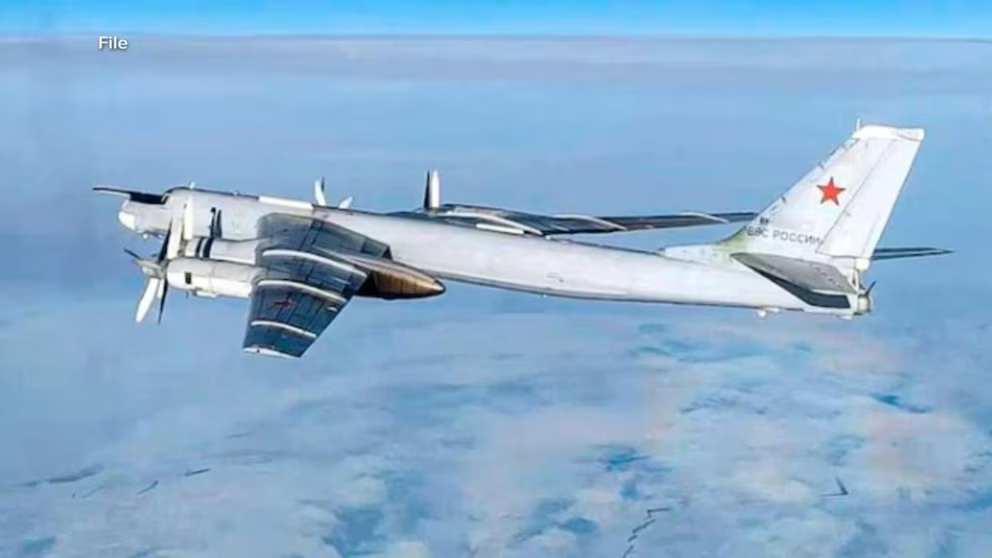Introduction
While political events unfolded in Washington, D.C. yesterday, a significant military incident occurred on the opposite end of the United States. The US was forced to scramble jets in response to a high-profile joint air exercise conducted by China and Russia near Alaska, involving nuclear-capable bombers and a display of military readiness.
Details of the Incident
The event began when four nuclear-capable bombers—two Russian Tu-95s and two Chinese H-6s—entered the US Air Defense Identification Zone (ADIZ). These bombers were accompanied by Su-30, Su-35, and SMS aircraft, indicating a coordinated training exercise between the Russian and Chinese air forces. A video released by the Russian Defense Ministry showed one of the Russian bombers being refueled mid-air, a routine procedure for long-range operations.
Response from NORAD
The North American Aerospace Defense Command (NORAD) detected the foreign aircraft as they entered the ADIZ, an area where the US expects prior notification but does not claim sovereignty. Although it is not illegal for aircraft to enter this zone, NORAD responded by scrambling F-16s and F-35s from the US and F-18s from Canada to escort the bombers. The footage released by Russia displayed Western aircraft maintaining close proximity to the Russian and Chinese planes, demonstrating a visible show of force.
Official Statements
NORAD issued a statement confirming that the Russian and Chinese aircraft remained in international airspace and did not breach American or Canadian sovereign territories. The command indicated that the activity was not perceived as an immediate threat but emphasized that NORAD would continue to monitor such operations. The approach of “presence with presence” was adopted to signal that the US was actively observing and prepared for potential scenarios.
Historical Context
This type of military activity is part of an ongoing pattern of aerial maneuvers between Russia and the US. Russia has conducted similar operations near the Alaskan ADIZ in the past, with notable incursions occurring in May and February. The involvement of China in this latest exercise represents a new dimension in the strategic engagement between these nations.
China’s Response
China downplayed the incident, characterizing the deployment of nuclear-capable bombers as a routine part of their military training and consistent with international norms. Beijing stressed that the exercise was not aimed at any specific country and was a standard military procedure.
Strategic Implications
The joint air exercise by China and Russia near Alaska highlights the growing strategic rivalry and military competition in the Pacific and Arctic regions. The participation of Chinese bombers in this exercise introduces a new level of complexity and poses additional challenges for US defense strategies. The incident underscores the evolving nature of global military interactions and the need for vigilant responses.
Conclusion
The joint military operation conducted by China and Russia near Alaska signifies an escalation in the strategic competition between these nations and the US. As both China and Russia continue to engage in high-profile military maneuvers, the response from the US will be critical in shaping future defense strategies and international airspace dynamics. This incident highlights the increasing complexity of global military relations and the importance of strategic vigilance.





